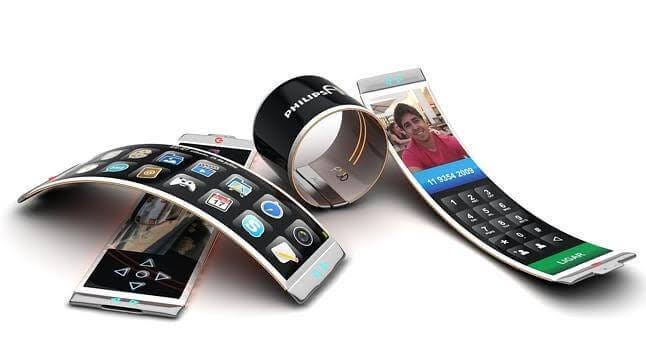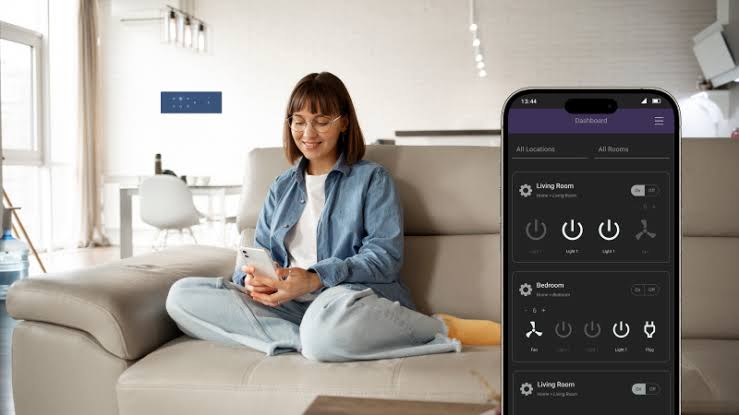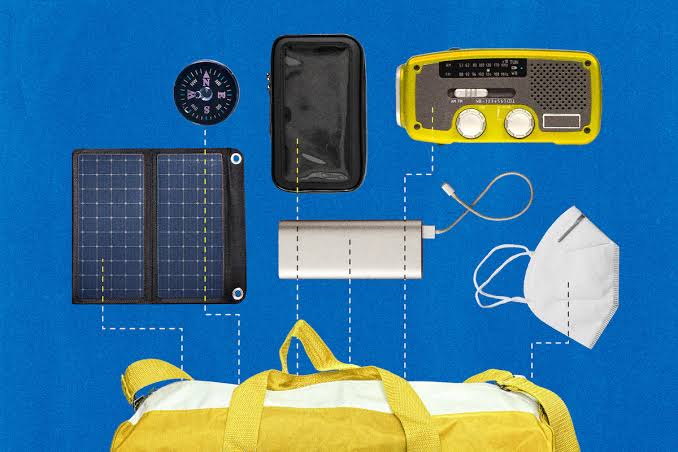Foldable and bendable displays have changed from ideas of the future into real technologies that are changing the gadget world. Once seen as special or luxury features, these flexible screens are now key parts of smartphones, tablets, laptops, and wearable devices. By July 2025, the global need for devices that save space and offer better digital experiences has pushed big tech companies to create new designs using bendable OLED, AMOLED, and microLED technology. Brands like Samsung, Huawei, Apple, Lenovo, and LG are working hard to improve their foldable products, making them stronger, cheaper, and more common.
The transition from rigid screens to flexible ones not only represents a shift in design but signals a broader change in how consumers interact with digital devices. In this article, we explore the present state and future potential of foldable and bendable displays, the challenges they face, and their practical applications across various sectors.
The Rise of Foldable Smartphones
Foldable smartphones are at the forefront of this display revolution. Since the release of early foldable models like the Samsung Galaxy Fold in 2019, the segment has witnessed tremendous growth. In 2025, flagship devices such as the Samsung Galaxy Z Fold6, Huawei Mate X6, and Google Pixel Fold 2 have refined the concept with better hinge mechanisms, water resistance, and crease-free folding panels. These phones offer users the ability to enjoy a tablet-sized display when opened, and a compact phone when folded.
Foldable smartphones cater to professionals, gamers, and content creators who benefit from a larger screen real estate without sacrificing portability. As production yields improve and the materials become more resilient, prices are gradually becoming more competitive. Experts forecast that by 2027, foldables could make up 20% of all smartphone sales globally, driven by demand for multi-tasking capabilities and stylish form factors.
Innovation in Laptop and Tablet Displays
Laptops and tablets have also started embracing bendable screens. Lenovo’s ThinkPad X1 Fold 2024 and ASUS’s ZenBook Fold have paved the way for a new category of hybrid computing devices. These laptops unfold into large, flat displays that double as both a monitor and a keyboard surface when needed. The seamless folding action allows for better portability and versatility—especially for mobile professionals and remote workers.
In 2025, newer models are addressing one of the most common concerns: durability. Reinforced ultra-thin glass and carbon-fiber materials are now used beneath the display layers to support repeated folding without damage. The market is also seeing innovations like rollable laptops and dual-hinge systems that let users adjust their screen angles with greater flexibility.
Wearables with Curved and Wraparound Displays
Beyond smartphones and laptops, wearable technology is exploring new frontiers with bendable displays. Smartwatches like the Nubia Alpha and Oppo Watch X Flex have introduced flexible screens that wrap around the wrist, turning the watch into a continuous display surface. These devices offer enhanced interactivity, such as scrolling through messages or maps by swiping along the band.
As of mid-2025, smart bands and health-focused wearables are integrating curved OLED panels that can conform to the body for more accurate biosensor readings. The flexibility of these screens also improves comfort and design, allowing for sleeker and more futuristic aesthetics. Researchers are now working on textile-integrated displays for smart clothing, which could bring bendable screen tech into the fitness, healthcare, and fashion industries.
Technical Challenges and Durability Concerns
Despite their appeal, foldable and bendable displays still face technical hurdles. One of the most persistent issues has been the crease or visible fold line that appears after extended use. Although Samsung and Huawei have significantly minimized this in their 2025 models, it’s still a challenge for full-screen durability and visual consistency.
Moreover, the hinge mechanisms require precise engineering to prevent mechanical failure, while maintaining the screen’s integrity during thousands of folds. Water and dust resistance—once absent in early foldables—have seen improvements, but still lag behind traditional rigid phones.
There’s also the question of software optimization. Foldable gadgets require adaptable user interfaces that can seamlessly shift between screen sizes and orientations. Android 15 and iOS 19 have added better support for split-screen modes and app continuity, but third-party app developers must catch up to fully utilize these formats.
Applications in Education and Productivity
Foldable displays hold vast potential for education and productivity. A foldable tablet can easily convert into an e-reader, a textbook, or a notepad, depending on the need. In schools and universities, students could benefit from the multi-use nature of such devices, switching between document viewing and note-taking on the same screen.
For professionals, particularly in design, finance, and coding, foldables allow for enhanced multitasking. A single device that folds out to show multiple panels or apps simultaneously removes the need for external monitors. As cloud software and productivity tools evolve, foldables are becoming central to modern workflows, especially in mobile and hybrid work environments.
The Role of AI and 5G in Foldable Device Performance
Artificial intelligence and 5G are also fueling the foldable device movement. AI is now used to adapt screen content dynamically as the device changes shape. For example, AI-powered cameras and display settings can automatically adjust brightness and resolution depending on screen position or orientation. This enhances user experience by ensuring optimal visuals whether folded or unfolded.
Meanwhile, 5G’s low latency and high speed support better real-time applications across foldable gadgets. Video conferencing, augmented reality apps, and cloud-based gaming all benefit from 5G integration, making foldable devices more capable than ever before.
Looking Ahead: Future Possibilities
Looking forward, the next generation of bendable displays may go beyond simple folding or wrapping. Rollable screens—already demonstrated in concept devices by LG and Motorola—could extend or retract at the user’s command, turning a smartphone into a tablet with the swipe of a finger. Researchers are also exploring stretchable displays that can expand in size and return to their original form, potentially revolutionizing how we carry and use gadgets.
With further innovation in material science, battery flexibility, and chip miniaturization, foldable and bendable tech may soon power entire categories of wearable computers, smart surfaces, and even smart furniture. These applications will fundamentally change how we think about interaction, portability, and display utility.
Conclusion
The future of foldable and bendable displays is no longer speculative—it is unfolding right before our eyes. As of July 2025, the technology has matured from novelty to necessity for a growing segment of users seeking more versatile and futuristic devices. Whether it’s smartphones, laptops, or wearables, foldable displays are pushing the boundaries of what’s possible in design and functionality. With improvements in materials, AI integration, and wider software adoption, foldables are poised to become mainstream fixtures in the tech world. The next few years will be critical in determining how far these innovations can stretch—both literally and figuratively.



